
-
Home
-
Products
-
PVC Cable Material
-
Low Smoke Zero Halogen Cable Material
-
Cable material
-
Optical fiber cable
-
-
About Us
-
VR
-
News
-
Blog
-
Contact Us
Leave Your Message

 By:Isabella - November 20, 2025
By:Isabella - November 20, 2025
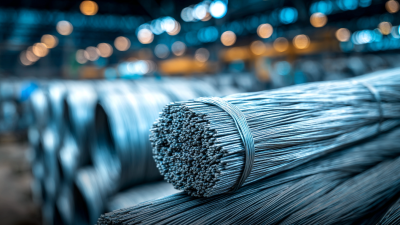
 By:Charlotte - November 19, 2025
By:Charlotte - November 19, 2025

 By:Sophia - November 12, 2025
By:Sophia - November 12, 2025

 By:Sophia - November 9, 2025
By:Sophia - November 9, 2025
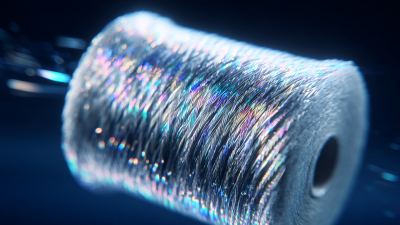
 By:Charlotte - November 6, 2025
By:Charlotte - November 6, 2025

 By:Isabella - November 4, 2025
By:Isabella - November 4, 2025

 By:Sophia - October 28, 2025
By:Sophia - October 28, 2025
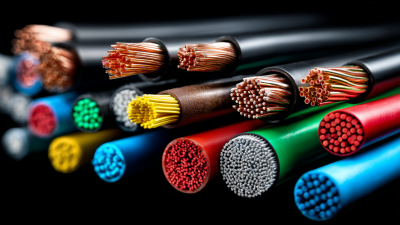
 By:Isabella - October 25, 2025
By:Isabella - October 25, 2025
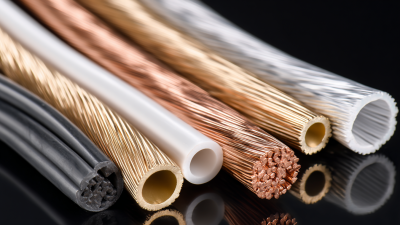
 By:Charlotte - October 24, 2025
By:Charlotte - October 24, 2025
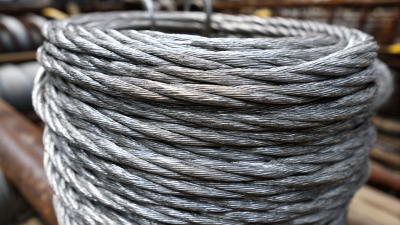
 By:Sophia - October 22, 2025
By:Sophia - October 22, 2025

 By:Charlotte - October 21, 2025
By:Charlotte - October 21, 2025
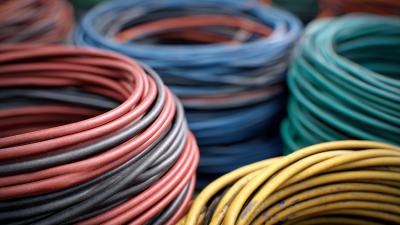
 By:Sophia - October 18, 2025
By:Sophia - October 18, 2025
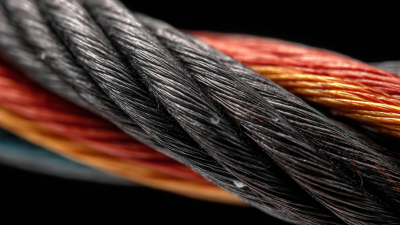
 By:Charlotte - October 16, 2025
By:Charlotte - October 16, 2025
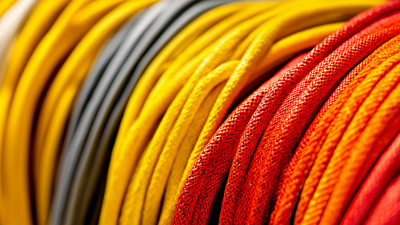
 By:Charlotte - October 13, 2025
By:Charlotte - October 13, 2025

 By:Charlotte - October 10, 2025
By:Charlotte - October 10, 2025